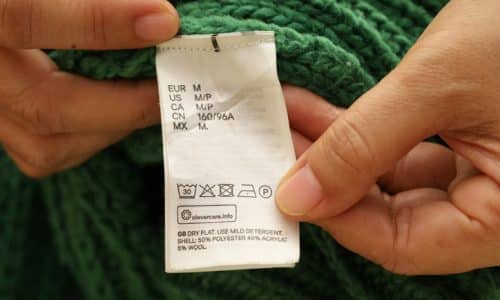The phrase “pediatric occupational therapy” may raise a few eyebrows and prompt a great of questions. Toddlers don’t have occupations – why would they need occupational therapy? But when you’re the parent of a toddler, you know all too well that toddlers are always at work. They’re working to control their muscles. They’re working to more effectively move and interact with their world. Sometimes, toddlers struggle with that job. Here at Imagine Pediatric Therapy, we know that occupational therapy, or OT, can help them adapt and adjust, to do their job more effectively.
Developing motor skills is a complex process of communication between the brain and various parts of the body, and toddlers are constantly developing and strengthening that process. For some children, the development process might develop in unexpected ways that produce less than ideal motor development. While many types of motor development may need intervention, for the purpose of this article, we’re going to use the example of gripping a crayon or pencil.
Most toddlers will pick up a crayon using their entire hand, holding the crayon in a fist. This fist grip is a normal milestone in fine motor skill development. However, as toddlers are more and more likely to use technology, swiping and touching instead of drawing and writing with a tool, the 34 muscles, 27 bones, along with a plethora of tendons, ligaments and nerves are not being built and strengthened as they need to be; educators are seeing children start school with undeveloped fine motor skills and weak hands.
When your child lags in developing a proper pencil grip, it can result in learning difficulties, pain and fatigue. It can affect their ability to cross the midline, making simple things like getting dressed, tying shoes, catching a ball or fastening a seatbelt very difficult. Lagging in a pencil grip when starting kindergarten can harm your child’s self-confidence as they notice they are behind their friends in drawing and writing skills.
Research consistently shows that early intervention and maintaining therapy protocols greatly improves the outcomes of OT. The earlier a child can make an adjustment to improve their skills and mobility, the earlier and more often they can practice that adjustment, and the younger they can reliable execute it. The longer a child has practiced an unhealthy movement or skill, the longer it will take to change the pattern and the more likely the child’s muscles will develop unevenly, which can limit their mobility and can even be painful.
Unfortunately, it can be difficult to reason with and explain motor development to a toddler. How do you explain to a toddler that they should hold a crayon in a tripod position? For professional, trained occupational therapists, it’s a question they know how to answer based on extensive research, education and experience. For toddlers, our OT increasingly focuses on activity-based interventions and exercises that incorporate desired movements into your child’s play and daily activities. This therapeutic approach also makes incorporating exercises at home a bit easier, which in turn improves compliance and effectiveness – bringing your child better outcomes faster.
Missing a developmental milestone does not always mean a child has a developmental delay. However, those milestones do help guide parents to raise questions with their child’s pediatrician about healthy development. If your child has missed some developmental milestones and also shows signs of a potential developmental delay like very stiff or very floppy muscles, the use of only one hand, or unimproved head control, talk to your pediatrician about an evaluation. Your child can only benefit from the earliest appropriate intervention.
Do you have questions about OT for children ages 2-5? Imagine Pediatrics is here to help. Just email us at info@imaginepeds.com



